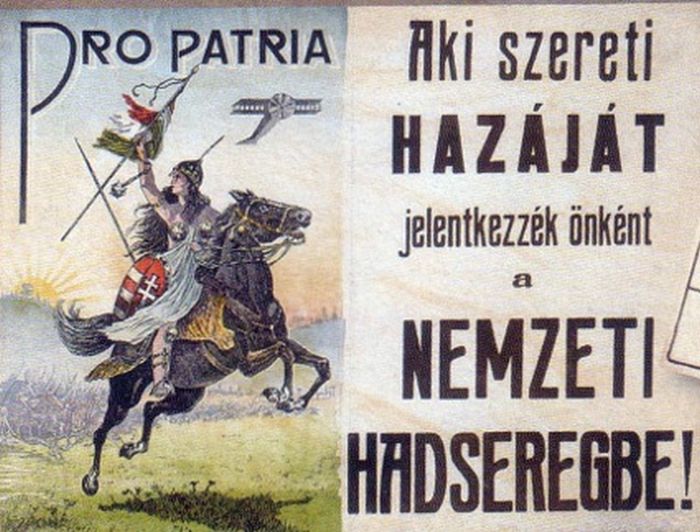Preludes – Horthy: the Leader of the National Army – Siófok
Fact of the Hungarian figure „Arrival of Horthy”
Part of the „Creation of the modern states (1918-1920)” topic
Miklós Horthy’s rise to power as the leader of the National Army was solidified in Siófok, a key location in Hungary’s political and military history. After the collapse of the Hungarian Soviet Republic in August 1919, Horthy was appointed commander-in-chief by the counter-revolutionary government in Szeged on 13 July 1919. With the country in disarray, Horthy took charge of the National Army, positioning himself as a stabilizing force in a deeply fractured Hungary. The fall of the Soviet Republic left a power vacuum that Archduke Joseph briefly filled, but under pressure from the Entente, he was forced to resign.
In August 1919, Horthy received permission from the Inter-Allied Military Mission to restore legal and political order in Hungary. He and his troops began their march through the Transdanubian region, arriving in Siófok on 13 August. It was here, at the Thanhoffer Villa, that Horthy established the General Headquarters of the National Army, which remained in operation until 16 November 1919.
From Siófok, Horthy consolidated his power and outlined his vision for the country’s future. On 28 October, he sent a memorandum to Prime Minister István Friedrich, detailing the political and military actions required to liberate Hungary. This document highlighted Horthy’s strategic mindset and his commitment to restoring order in a nation ravaged by revolution and foreign occupation. His leadership was further solidified when the Romanian army, which had occupied Budapest, was forced to leave as a result of the Clerk Mission’s negotiations.
On 16 November 1919, Horthy and his troops triumphantly marched into Budapest, signaling the end of revolutionary turmoil and the beginning of Horthy’s regency. His role in Siófok was instrumental in shaping Hungary’s post-war trajectory, as he transitioned from military leader to regent, guiding Hungary through a period of conservative rule.
Horthy’s rise in Siófok mirrored broader trends in Central Europe, where other nations also sought to restore order after the collapse of empires and the upheaval of revolutionary movements. Similar to Hungary, countries like Poland and Romania saw military leaders emerge to stabilize their political systems and fend off both internal and external threats. Horthy’s leadership in Hungary, therefore, reflected a regional response to the challenges of nation-building and political restoration in the aftermath of World War I.





